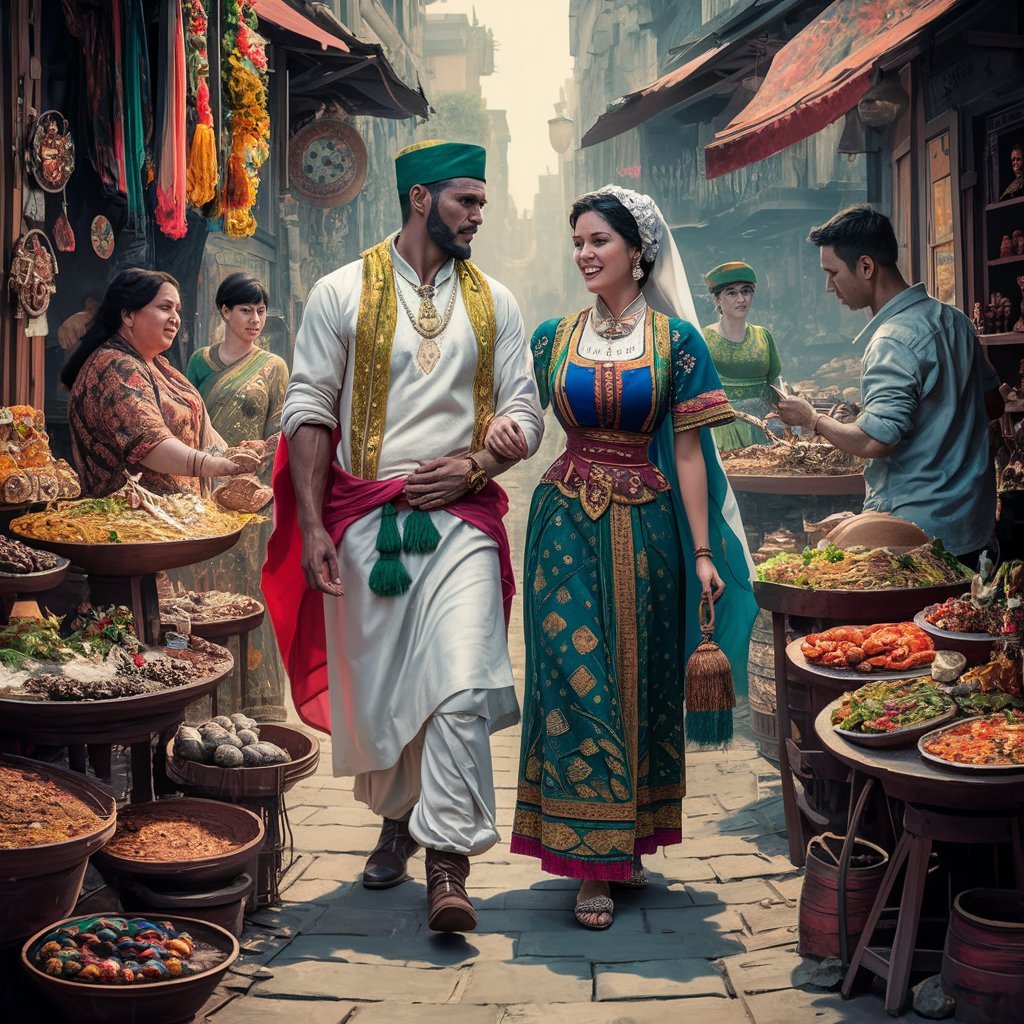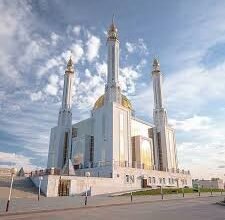Bangladesh: A Land of Culture, Nature, and Resilience

Bangladesh, a vibrant South Asian country, is known for its rich cultural heritage, breathtaking natural beauty, and the indomitable spirit of its people. Nestled between India and Myanmar, this deltaic nation is home to the world’s largest river delta, the Sundarbans, and boasts a history that dates back thousands of years. From its bustling cities like Dhaka and Chittagong to the serene countryside adorned with lush greenery and winding rivers, Bangladesh offers a unique blend of tradition and modernity.
Despite facing challenges such as natural disasters and economic struggles, the country has shown remarkable resilience, making significant progress in agriculture, textiles, and social development. In this article, we will explore Bangladesh’s diverse culture, stunning landscapes, economic growth, and the enduring strength of its people.
1. The Rich Cultural Heritage of Bangladesh
Bangladesh has a deeply rooted cultural identity shaped by centuries of history, religion, and traditions. The country’s heritage is a fusion of Bengali customs, Islamic influences, and remnants of ancient Buddhist and Hindu civilizations. Festivals like Pohela Boishakh (Bengali New Year), Eid-ul-Fitr, and Durga Puja are celebrated with immense enthusiasm, reflecting the nation’s unity in diversity.
Traditional music, such as Baul and Rabindra Sangeet, along with classical and folk dances, play a vital role in Bangladeshi culture. The country is also renowned for its literature, with legendary poets like Kazi Nazrul Islam and Rabindranath Tagore, whose works continue to inspire generations. Handicrafts like Nakshi Kantha (embroidered quilts) and Jamdani weaving showcase the artistic brilliance of Bangladeshi artisans, preserving age-old craftsmanship.
2. Natural Wonders: The Scenic Beauty of Bangladesh
Bangladesh is a paradise for nature lovers, offering diverse landscapes ranging from dense mangrove forests to serene tea gardens. The Sundarbans, a UNESCO World Heritage Site, is the largest mangrove forest in the world and home to the majestic Royal Bengal Tiger. The Cox’s Bazar beach, stretching over 120 kilometers, is the longest natural sea beach globally, attracting tourists with its golden sands and tranquil waves.
The country’s riverine beauty is unparalleled, with the Padma, Meghna, and Jamuna rivers shaping its geography and way of life. In the northeast, the rolling hills of Sylhet and its lush tea plantations provide a picturesque escape, while the wetlands of Haor and the floating gardens of Barisal highlight Bangladesh’s unique ecological diversity.
3. Economic Growth and the Garments Industry
Over the past few decades, Bangladesh has emerged as a key player in the global economy, particularly in the textile and garment sector. The country is the second-largest exporter of ready-made garments, supplying major international brands and contributing significantly to its GDP. The growth of this industry has created millions of jobs, especially for women, transforming the socio-economic landscape.
Beyond textiles, Bangladesh has made strides in agriculture, with rice, jute, and fisheries being major contributors to its economy. Despite challenges like labor rights concerns and environmental impacts, Bangladesh continues to progress, aiming to become a middle-income country in the near future.
4. Resilience in the Face of Challenges
Bangladesh’s history is marked by struggle and perseverance, from the Liberation War of 1971 to frequent natural disasters like cyclones and floods. Yet, the nation has consistently demonstrated remarkable resilience. Community-based disaster preparedness programs and innovative solutions, such as floating schools in flood-prone areas, highlight the adaptability of its people.
Microfinance initiatives, pioneered by organizations like Grameen Bank, have empowered rural communities, particularly women, by providing financial independence. Additionally, Bangladesh has made significant advancements in healthcare and education, reducing poverty and improving life expectancy. The spirit of “Joy Bangla” (Victory to Bengal) continues to drive the nation forward, proving that determination and unity can overcome even the toughest challenges.
5. Tourism in Bangladesh: Hidden Gems Awaiting Discovery
Historical sites like the ancient ruins of Mahasthangarh, the Sixty Dome Mosque in Bagerhat, and the Lalbagh Fort in Dhaka offer glimpses into the country’s glorious past. Adventure seekers can trek through the Chittagong Hill Tracts or take a boat ride in the Ratargul Swamp Forest. For wildlife enthusiasts, the Lawachara National Park and the Nijhum Dwip island provide opportunities to experience Bangladesh’s rich biodiversity. The warmth and hospitality of the Bangladeshi people make every visit memorable, inviting travelers to immerse themselves in the country’s authentic culture and traditions.
Conclusion:
Bangladesh is a land of contrasts—where ancient traditions coexist with rapid modernization, where natural beauty thrives amid urban chaos, and where resilience defines the spirit of its people. From its cultural richness to its economic potential, this dynamic nation has much to offer the world. As Bangladesh continues to grow and evolve, it remains a testament to the power of perseverance and unity.

